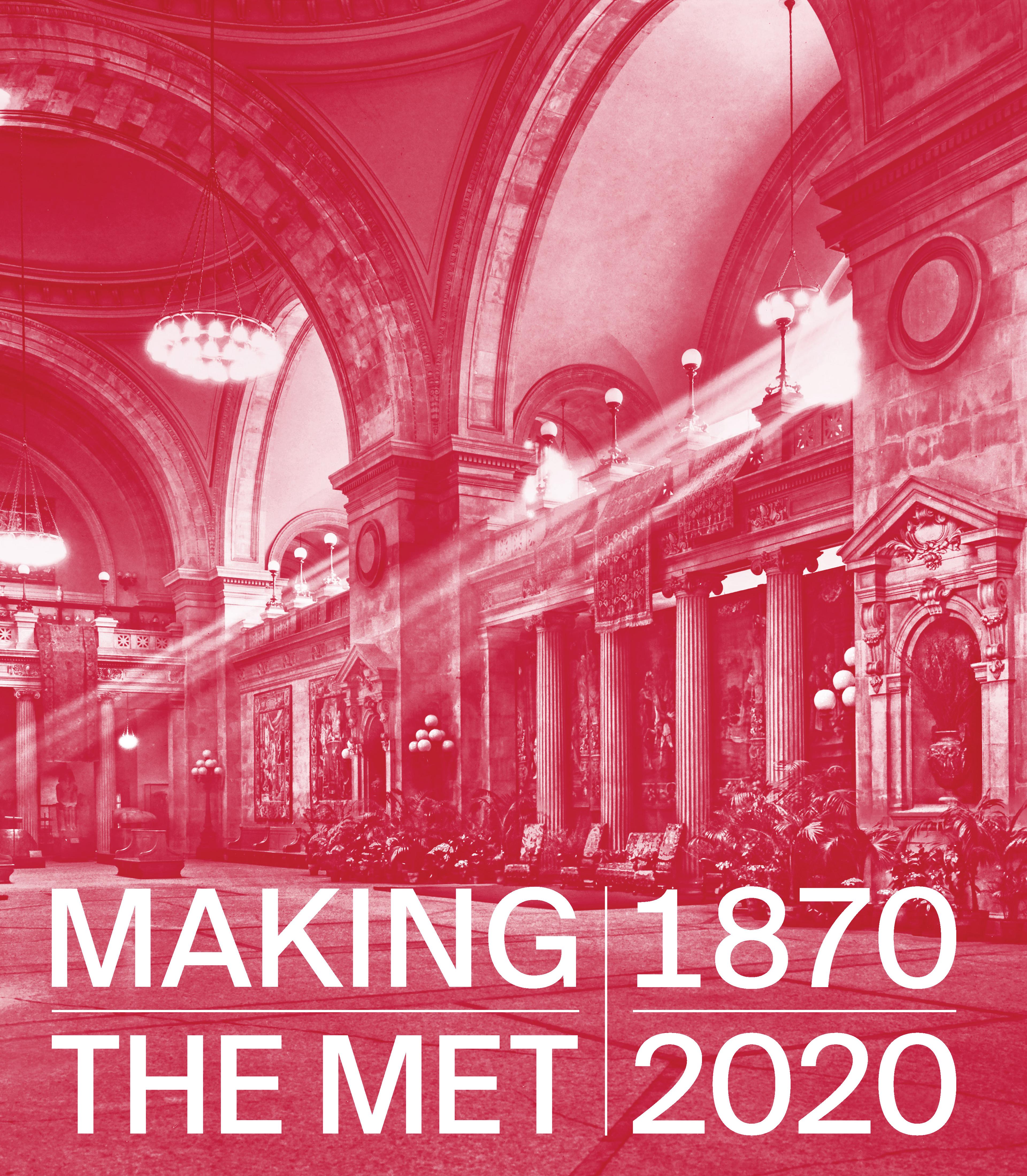Panel with grotesques, from a set of bed hangings
The late fifteenth-century rediscovery of the Roman emperor Nero’s palace, the Domus Aurea, or Golden House, spurred a revival of the fanciful decorations of part-human creatures amid leafy patterns—called “grotesques”—that were found on its walls and evoked the palace’s grottolike, subterranean spaces. Italian and Flemish designers of the period developed the style in tapestries, whose bright dyes and space-enveloping properties were suited to grotesques’ sinuous forms and skewed, otherworldly version of reality. Pope Leo X and the Genoese statesman Andrea Doria both commissioned grotesque tapestries from celebrated Brussels-based weavers; this panel, with its bold palette and fanciful, Antique-inspired motifs, was probably originally made for Philip II, King of Spain, to embellish a four-poster bed.
Artwork Details
- Title:Panel with grotesques, from a set of bed hangings
- Artist:related to the prints of Cornelis Floris II (Netherlandish, Antwerp before 1514–1575 Antwerp)
- Date:ca. 1550–60
- Culture:Netherlandish, Brussels
- Medium:Silk, wool, silver and silver-gilt thread (20-22 warps per inch, 8-9 per cm.)
- Dimensions:65 1/2 in. × 80 in. (166.4 × 203.2 cm)
- Classification:Textiles-Tapestries
- Credit Line:Gift of George Blumenthal, 1941
- Object Number:41.100.385
- Curatorial Department: European Sculpture and Decorative Arts
More Artwork
Research Resources
The Met provides unparalleled resources for research and welcomes an international community of students and scholars. The Met's Open Access API is where creators and researchers can connect to the The Met collection. Open Access data and public domain images are available for unrestricted commercial and noncommercial use without permission or fee.
To request images under copyright and other restrictions, please use this Image Request form.
Feedback
We continue to research and examine historical and cultural context for objects in The Met collection. If you have comments or questions about this object record, please contact us using the form below. The Museum looks forward to receiving your comments.
